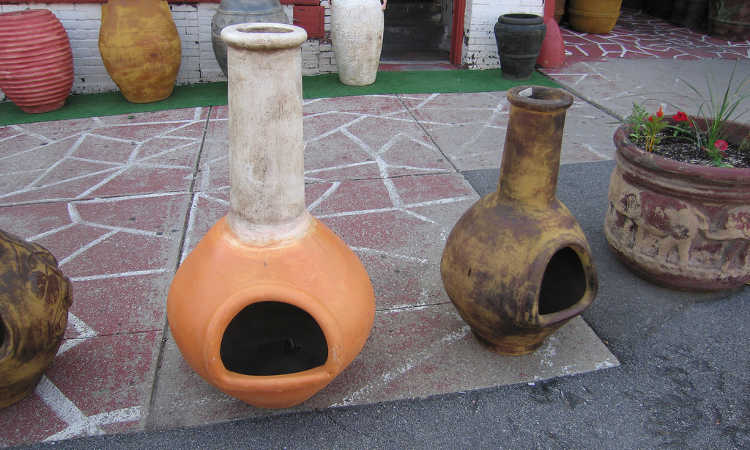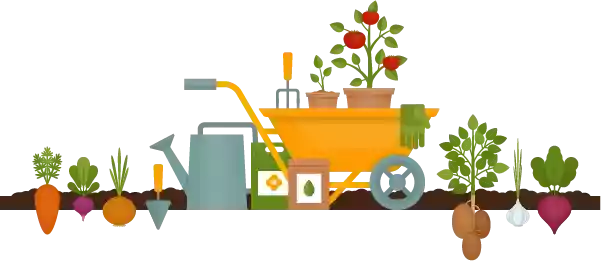With a name that translates from its native Spanish as “chimney”, these little fireplaces are popular decorative firepits. But not every chiminea can be the best chiminea for everyone, so today I’m going to demystify this traditional style of firepit!
Its origins reach back hundreds of years, although it’s hard to pin down precisely when they first appeared. Some believe they were in common use starting about 400 years back, where others say perhaps 600-1000 years.
Popularized by Mexico, these earthen ovens have come a long way since their humble clay origins. Now constructed of cast iron, steel, or aluminum as well as out of adobe or clay, the streamlined little “chimney” is as much artwork as it is a functional piece of backyard furniture.

While clay is traditional, it depends on the type of clay as to how sturdy it will be. The sturdiest variations are made of terracotta or El Barro clay, shaped by hand and kiln-dried to harden them.
These are often carved, painted or adorned with bright colors or patterns. Their rustic charm can be a centerpiece for your patio decor or a stylistic piece of functional artwork.
But clay has drawbacks. Since it’s shaped by hand, no two are alike. Lower priced models use less-sturdy clay or are poorly made, and there may be weak points or thin joints. They require more maintenance. And clay models are heavy and fragile to move, so you have to be careful.
Metal chimineas are constructed of copper, aluminum, steel, or cast iron. Some are lighter weight than clay models, where others (especially the cast iron) can weigh much more.
These chimineas have the perk of being constructed of a fireproof material. Stylistically, they can be modern, traditional, or even a bit eclectic. Often they will have more accessories available with them, and they don’t break as easily.
However, there’s drawbacks with these too. Some are painted to protect against rust damage, but the paint will bake off with use. Metal can have sharp edges. Also, it conducts heat well, so you can burn yourself on hot metal. And they’re typically more expensive.
Both varieties can last for years with proper care and maintenance. A lot of the choice between metal or clay is aesthetic or price-based, and you’ll need to decide which is best for your needs.
To continue reading this blog, visit Kevin Espiritu’s website Epic Gardening here: Best Chiminea Blog
Cover image provided by Source: Campobello Island

Recent Posts
- Selective Weed Control: What Kills Weeds But Not Plants in Your Vegetable Garden
- Sustainable Gardening: How to Create a Compost System That Works
- Heirloom Cherry Tomatoes: Cultivation Secrets for the Juiciest Tomatoes
- Fighting Frost: Practical Tips for Using Frost Blankets Effectively
- Finding the Best Local Tomato Plants










